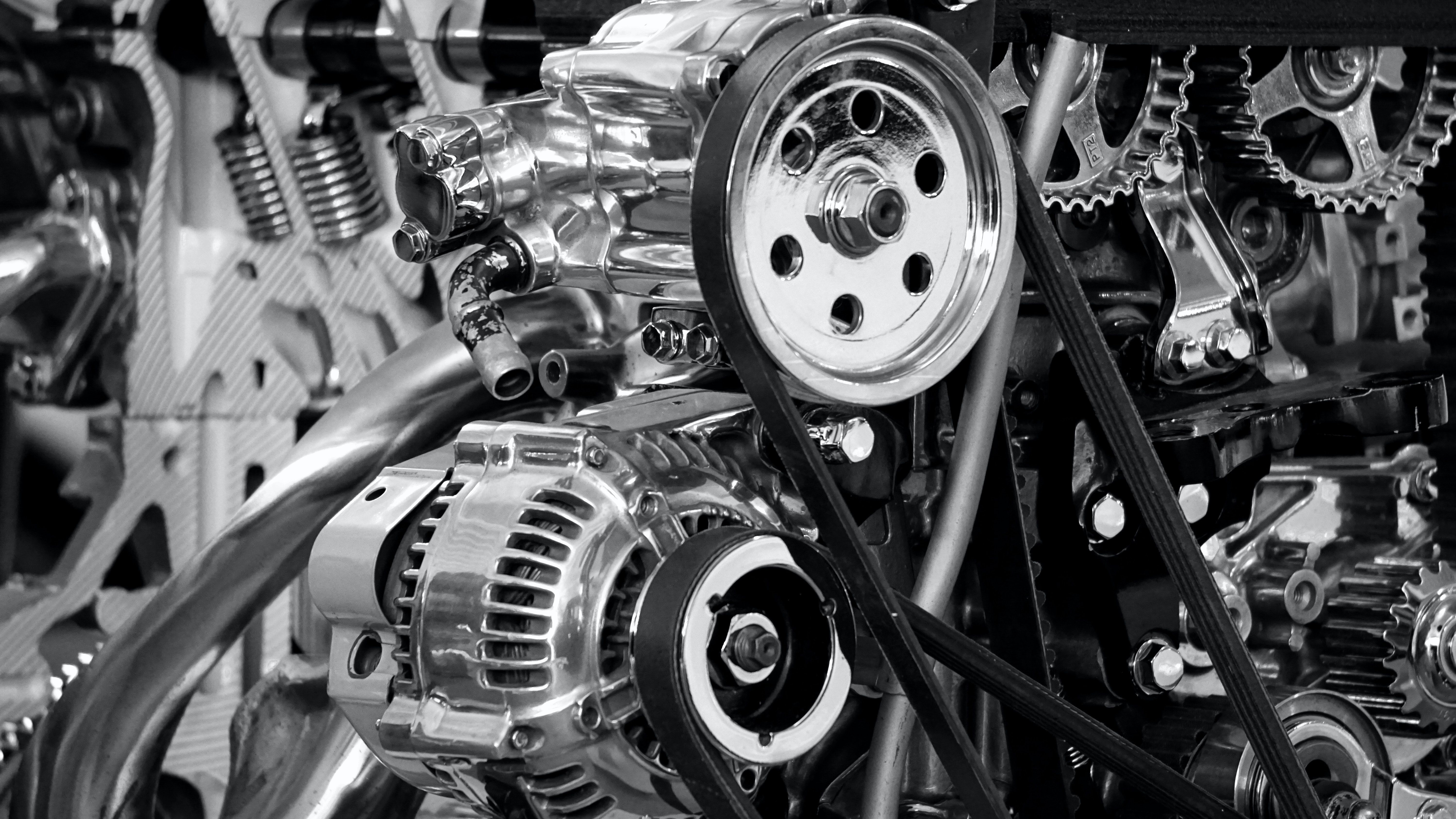
Approval by Nigeria’s Federal Executive Council of the new National Automotive Industry Development Plan (NAIDP) for 2023 will go a long way to strengthening any proposals emerging from the West Africa Automotive Show (WAAS) Conference in Lagos that opens tomorrow (May 16).
In its broad form, the NAIDP is intended to provide competitive fiscal and non-fiscal incentives needed by automotive industry manufacturers/producers, investors, developers and all relevant stakeholders.
The NAIDP is aimed at enabling the exponential increase in the local production numbers of vehicles, reaching 40% local content and attaining 30% locally produced Electric Vehicles.

In terms of WAAS, the primary issue, according to former National Automotive Design and Development Council (NADDC) director of planning and strategy, Luqman Mamudu, is the fact local manufacturing of parts and vehicle assembly have stalled, meaning the country relies on “imports of used parts and substandard new ones” with an import bill of $3,3-billion annually.
Mamudu, who will chair the conference at Nigeria’s largest automotive aftermarket trade event says:“I expect that the inaugural conference of WAAS and the show itself will deepen demand for new parts in Nigeria.
“The dominance of used parts potentially undermines any attempt at local manufacturing as they are far cheaper than the original new ones and are perceived as OEM (original equipment manufacturer) standard.”
“Another adverse impact of the full reliance of fully-built automotive importsis that certainly constitutes a strain on the balance of payment position and missed opportunities to create employment. This has the potential to undermine the economy. It is particularly worrying to me because 70% of this is accounted for by pre-owned vehicles and used parts obtained from salvage vehicles.”

However, there is strength in the Nigerian automotive industry with investment of more than $1-billion in manufacturing and assembly capability and he adds: “These facilities remain intact in the form of annual installed capacity of more than 500 000 vehicles. The presence of several global OEMs remains a pipeline of access to technology and capital once the environment is right. Nigeria also boasts a reserve of trained but presently unemployed skilled workforce.
‘By 2017 the NAIDP through a combination of fiscal incentives and protective measures grew installed assembly capacity to above 400,000 units per annum, but only 10% capacity utilisation has been recorded due to weak policy implementation
“But it is noteworthy that NAIDP caused the revitalisation of existing automotive assembly plants including Peugeot, Mercedes Trucks, and Volkswagen.”
Mamudu said the conference aims to highlight the need for safety and quality in automotive products.

“Used parts imports account for nearly 90% of aftermarket share. The reasons observed are varied but the preference for used components may be due to eroded confidence for new parts.
“Substandard new components and parts are common in the market, so people are suspicious. To build confidence, suppliers must deploy product quality standards tracking systems. Global brands must also expand their service and parts network as outlets for genuine parts,” he said.
What emerges from that conference will be eagerly awaited by all the stakeholders just as eager to see the full implementation of the African Continental Free Trade Area (AfCFTA), which will be a hot topic at the Intra Africa Trade Fair in Cairo later this year.
Read the full article

